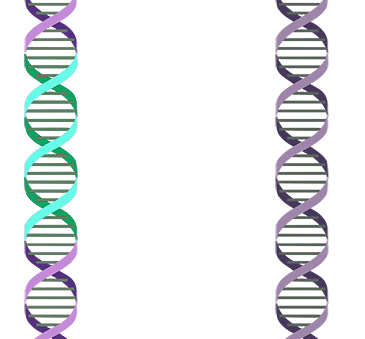#conservative_transposition

Conservative transposition
Transposition is the process by which a specific genetic sequence, known as a transposon, is moved from one location of the genome to another. Simple, or conservative transposition, is a non-replicative mode of transposition. That is, in conservative transposition the transposon is completely removed from the genome and reintegrated into a new, non-homologous locus, the same genetic sequence is conserved throughout the entire process. The site in which the transposon is reintegrated into the genome is called the target site. A target site can be in the same chromosome as the transposon or within a different chromosome. Conservative transposition uses the "cut-and-paste" mechanism driven by the catalytic activity of the enzyme transposase. Transposase acts like DNA scissors; it is an enzyme that cuts through double-stranded DNA to remove the transposon, then transfers and pastes it into a target site.
Fri 7th
Provided by Wikipedia
This keyword could refer to multiple things. Here are some suggestions: